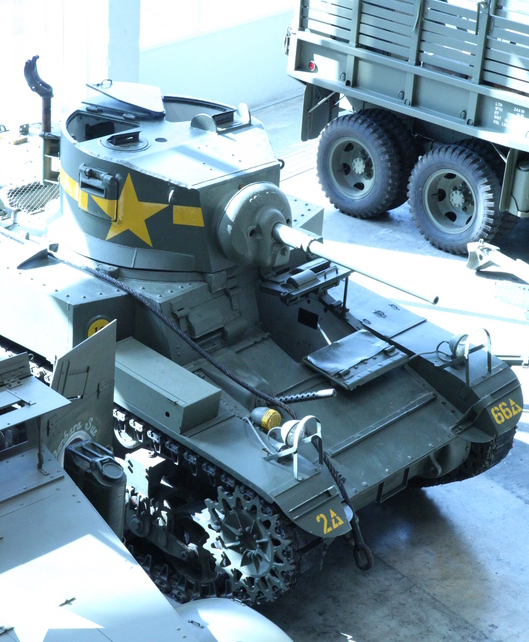Retreat in the Philippines Continues
Falling Back to Bataan, January 1942
The mighty resistance put up by American and Filipino forces following the initial December 8th attacks was a surprise to Japanese military leadership. They expected the Philippines to be taken in just a few weeks.
After underestimating Allied resistance once, the Japanese leadership did it again when in early January 1942 they made the decision to pull out an entire division of its elite troops to be sent elsewhere. The use of air power was also cut back, as it was believed that the campaign was essentially over, and that the Philippines had been won for Japan.
This second underestimation of American and Filipino determination allowed for continued combat. Had those crack troops not been transferred elsewhere, the fighting in the Philippines would most likely have ended much sooner than it did, and freed up thousands more Japanese troops to push towards expansion elsewhere. Instead, combat would continue in the southward direction of the Bataan Peninsula where General MacArthur hoped for reinforcements that would never come. Between the end of January and the beginning of February, additional landings by Japanese troops were somewhat disrupted by what remained of the Far East Air Force’s P-40 Warhawks.
While American and Filipino forces continued to retreat southward, the mere fact that they were still fighting at all, when Pearl had been so badly damaged and Wake and Guam taken relatively easily, was an opportunity for positive American propaganda.
Artifact Spotlight: M3 Stuart Tank
An important component of the successful (at least for a time) resistance in the Philippines were the M3 Stuart tanks of the Provisional Tank Group—made up of the 192nd and 194thTank Battalions—under MacArthur’s control. By the end of the war Sherman tanks would be hailed as the strongest US tank of the war, but the lightness and maneuverability of the M3 Stuart was much better suited to the terrain of Pacific warfare. In the Philippines, the Provisional Tank Group’s job was initially to defend Clark Field and the Warhawks and Flying Fortresses based there.
As infantry and cavalry forces retreated southward, however, their task was altered. Costing the 194th approximately half of all of its men—due in part to the lack of air support—the Provisional Tank Group successfully escorted thousands of American and Filipino soldiers towards Bataan, repeatedly holding back the quickly advancing Japanese forces. The remaining men of the 192nd and 194th would be the last troops to reach the peninsula, only after ensuring the successful protection of Allied infantrymen.

Training on an M3 Stuart at Fort Knox, 1942. Photo courtesy of the Library of Congress.

An M3A1 Stuart tank on exhibit in the Louisiana Memorial Pavilion at The National World War II Museum, 2009.411
Elsewhere in the Pacific…
One this day 70 years ago, the Japanese war machine successfully defeated Allied forces in Malaya. The victory won them access to vital natural resources, namely rubber and tin, the lack of which was much of the reason Japan went to war in the first place.
Learn more about action in the Philippines from 1941-1942 with this interactive map of the Philippines, part of the Museum’s current special exhibit, Infamy: December 1941.
This post by Curator Meg Roussel
- Posted :
- Post Category :
- Tags : Tags: MacArthur, Philippines
- Follow responses to this entry through the RSS 2.0 feed. You can skip to the end and leave a response. Pinging is currently not allowed.




Leave a Reply